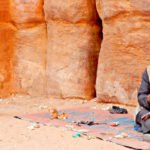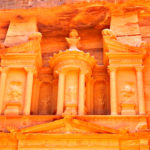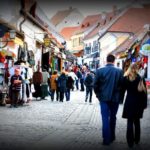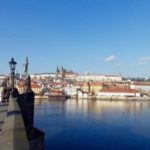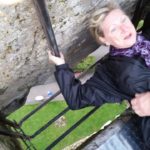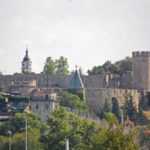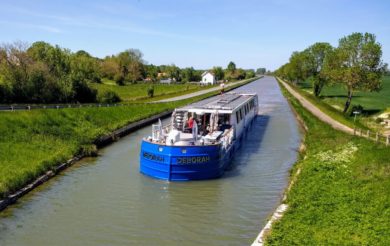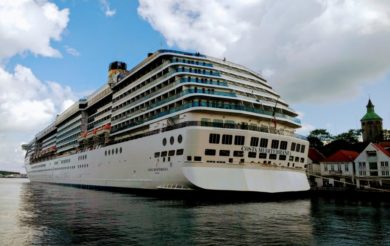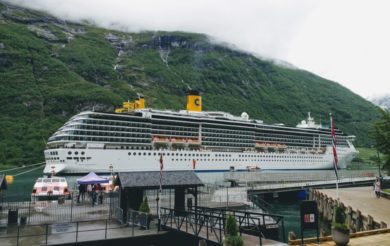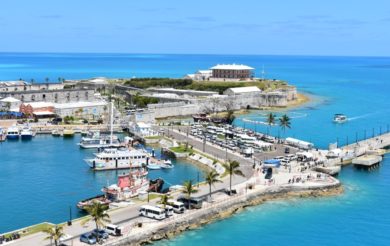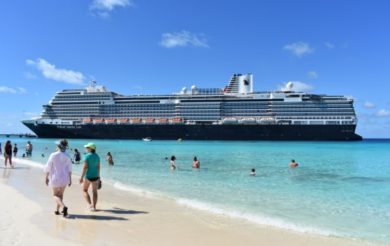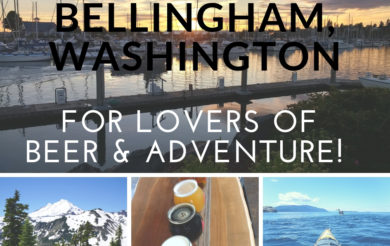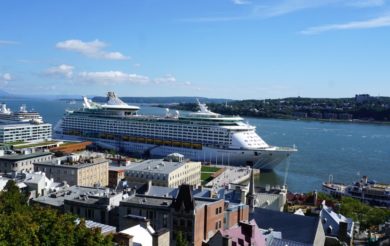Travel Jordan – Top Sights and Destinations Not to Miss
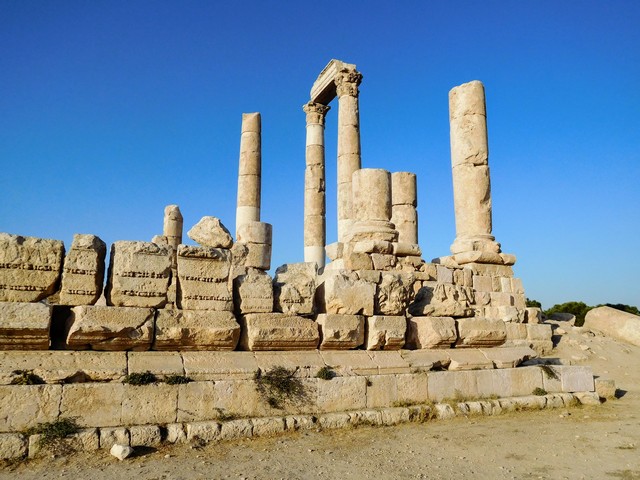
Travel Jordan – Top Sights and Destinations Not to Miss – Amman Citadel Ruins
Travel Jordan – Top Sights and Destinations Not to Miss
There’s Much More to Jordan than just Petra!
By Elizabeth von Pier
While Jordan is known for the famous archaeological site Petra, there is much more to this rich and friendly country—whether you want to explore Roman ruins, relax in the lowest place on earth, or walk in the footsteps of Lawrence of Arabia. It is a small country and all of the important sights are within a four-hour drive of the capital city of Amman. Except for Petra and Wadi Rum, which are in the southernmost reaches of Jordan, all of the sights described here can easily be done on a day trip from Amman with a taxi driver.
OLD “PHILADELPHIA”, AMMAN
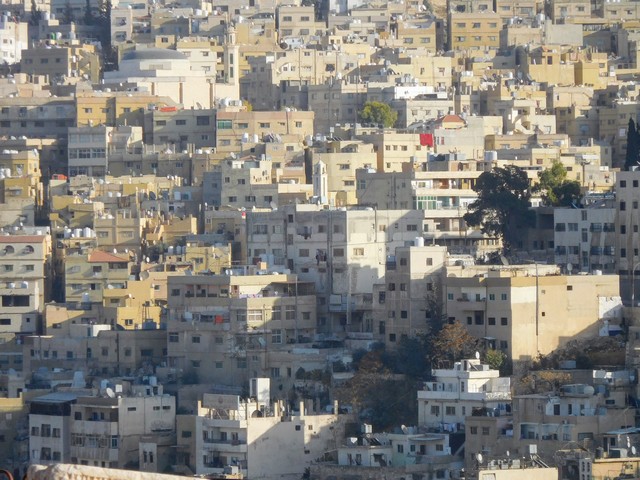
Amman, Jordan
Called “Philadelphia” in Roman times, Amman is the capital of Jordan. It has a typical Middle Eastern flavor and is especially beautiful because of the many jabals (“hills”) and wadis (“valleys”) on which it is built. My hotel is centrally located overlooking the fifth circle, one of eight that connect the neighborhoods of the city, from the old downtown westward. From here it is a short taxi ride to the important sights.
Built, like Rome, on seven jabals, the hillsides are steep and the gray, tan and white boxlike houses perched on them look like modern “cubist” art. The shortest way to get from one level to another is to climb the nearly vertical steps that connect them. Wall murals decorate the buildings along the way, the views are extraordinary and there are Roman ruins scattered throughout.
I start my walking tour of Amman with a hearty lunch at Hashem in the downtown. Hummus, falafel, pita, olives and a salad of fresh tomatoes, cucumbers and onions are featured, all for just a few dinars. The falafel maker works right next to my formica table, spinning out balls of the delicious chickpea concoction and tossing them into the container next to the fryolator. He works fast and rhythmically, producing hundreds of identical balls with the flick of a wrist.
Hashem is right around the corner from the main street of the old town. This is a market area with hundreds of small shops selling everything from dried fruit to water pipes to gold jewelry and mendeels, the red and white scarves the men twist onto their heads and secure with a black hoselike agal. Shopkeepers sit on chairs in their doorways smoking cigarettes and water pipes. I smile and say mhraban (“hello”). They welcome me into their shops, but here in Jordan they are not the aggressive entrepreneurs that I have encountered in other Middle Eastern countries. They will let you easily pass by and if you do stop to buy something, they bargain but not too much.
I have dessert sitting on a stone pedestal in the alley alongside Habibah; here workers dish out pie shaped pieces of their delicious blend of cheese, filo dough, honey and pistachios. Then I climb the steps of the highest jabal to the level where the Citadel is located. Here I find excavated Roman and early Islamic ruins including a temple and Umayyad Palace, a small Archaeological Museum, and stunning views. Down below I can see the Roman amphitheater, built during the 2nd century AD and restored in 1957. It is an impressive sight spanning three levels and built into the northern face of one of old Philadelphia’s hillsides.
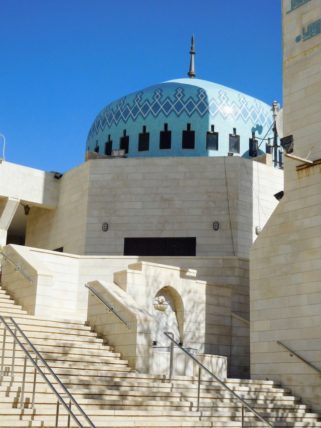
King Abdullah Mosque in Amman
The King Abdullah Mosque is the only mosque in Amman that openly admits non-Muslims. So I don a djellaba that the gatekeeper provides, pull the hood over my head, take my shoes off, and enter. It is new and lovely and has some interesting modern Jordanian art work in the lobby. The octagonal prayer hall has stadium seating on plush red cushioned chairs, and there are large photographs of its namesake, King Abdullah and his grandson and great-grandson, King Hussein and King Abdullah II.
I end my tour of Amman with a walk down Rainbow Street, a more upscale street with art shops, antique dealers, and appealing coffee houses. I go into one of the workshops, observe the beautifully made tile tables and chairs, meet the women hand painting the tiles in the back room, and buy a lovely souvenir of my trip to Jordan. I later find “Made in Spain” stamped into the terracotta on the back.
ROMAN RUINS IN JERASH
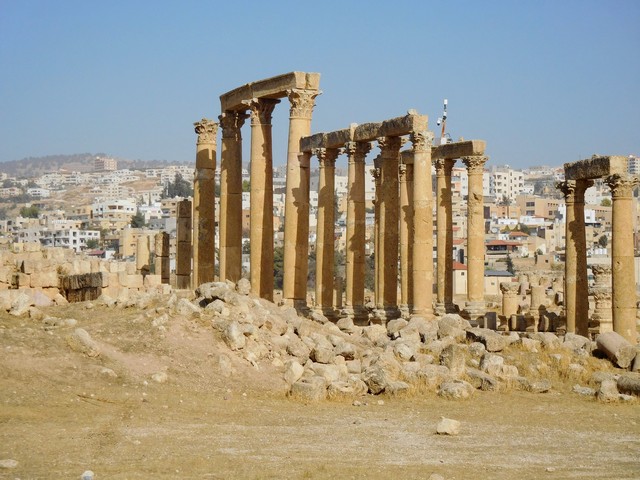
Jerash Greco-Roman Ruins
These Greco-Roman ruins, located about fifty miles north of Amman, are one of the major attractions of Jordan. They are known for their remarkable state of preservation, the best in the world. Jerash was founded in the 3rd century BC by the Greeks and by the time the Romans ruled in the 1st century BC, its population reached close to 20,000. The ruins are impressive against the backdrop of the modern city. Colonnaded streets, arches, temples, theaters, public plazas, baths and fountains make it easy to imagine life as it was for these people. The walls of the city are punctuated with towers and gates that provide access. Since most of the ruins were buried for centuries, they are in an excellent state of preservation.
In the hills not far from Jerash are the ruins of Ajloun Castle (pronounced “Aysh-loon’”). Perched high up on a steep mountain, it has a commanding view of the Jordanian countryside. The castle was built in 1188 to defend against the Crusaders, and is well worth a detour.
DESERTED DESERT CASTLES
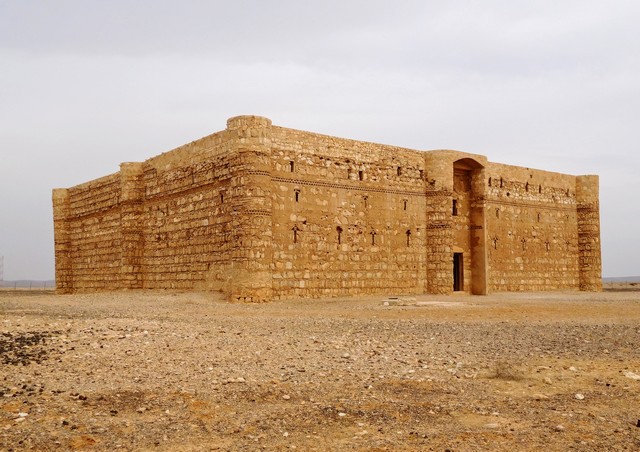
Qasr Al-Kharrana
Most people overlook the qasrs (“castles”) dotting Jordan’s desert plains fifty miles east of Amman and this is very unfortunate. They are among the country’s national treasures and beautiful examples of early Islamic art and architecture. Centuries of history cling to these old stones and tell stories of life as it was during the 7th and 8th centuries through their frescoes, mosaics and stone carvings. It takes about an hour to drive from Amman to the area where the castles are located, and you can arrange a half-day tour online at viator.com.
Mainly constructed by the Umayyad dynasty (AD 661-750) and called “castles” because of their imposing size, they were used for various purposes—as military installations, caravan stops, trade centers, resorts, country retreats, and places where rulers could meet with local Bedouin.
I select three of the best to explore. Qusayr (“little castle”) Amra was a retreat for the aristocracy and today it is a World Heritage Site that provides an interesting peek into the tawdry side of the aristocracy through its carefully restored frescoes. Qasr Al-Kharrana, a former inn, has been restored and is considered to be the most photogenic. And Qasr Al-Azraq has been in continuous use since late Roman times, most recently as the military headquarters of T. E. Lawrence (Lawrence of Arabia) during the Arab Revolt against the Turks in 1917-1918.
MADABA, “THE CITY OF MOSAICS”
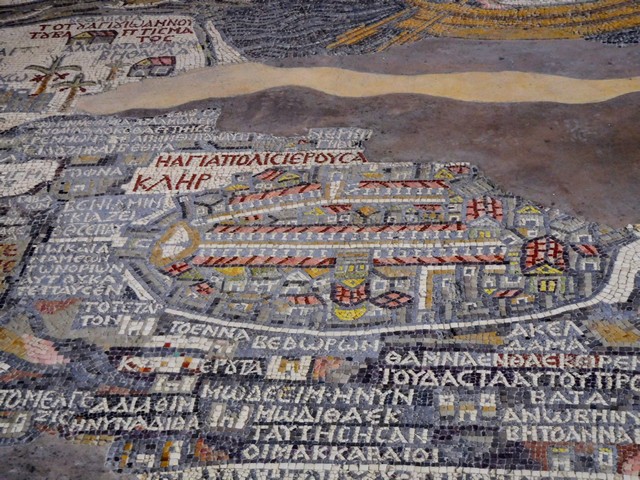
Madaba St. George’s Church
The Greek Orthodox Church of St. George in the center of Madaba has the best known of the 6th century Byzantine-era mosaics that can be found at various locations around the city. Here you will find an incredibly vivid and well-preserved mosaic map of the Holy Land that shows Jerusalem and its wall and various other religious sites in the holy land as far away as the Nile Delta. Its two million pieces of colorful stone are in various stages of restoration and cover a good part of St. George’s floor. The map was uncovered in the late 19th century when the church was being demolished to build housing for the residents. There are also several other churches and homes throughout Madaba where beautiful 5th through 7th century mosaics have been discovered, and there are workshops where you can watch artisans painstakingly working at the craft. You could easily spend a day here.
THE DEAD SEA, THE LOWEST PLACE ON EARTH
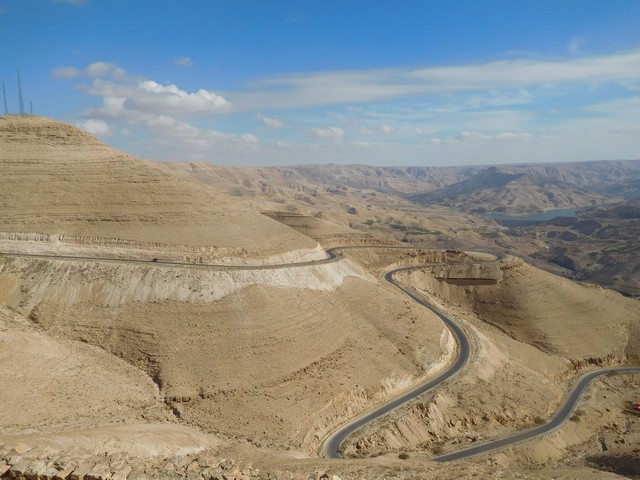
Jordan’s Grand Canyon on the Way to the Dead Sea
The Dead Sea is the largest natural spa on earth with its high mineral content. It lies at a quarter of a mile below sea level on the border between Jordan and Israel and the Palestinian Territories. The Jordan River flows into it but there is no outlet, and the dry and sunny climate produces a high evaporation rate. As a result, the water is intensely blue and extremely saline, nearly ten times that of the ocean. The high mineral content makes it exceedingly buoyant and all that even the best swimmers can manage is to float amongst the salt pillars.
This is an easy day trip from Amman but it is much more satisfying to stay at one of the luxury hotels lining the shores and splurge on some healing products along with a massage and mud wrap. The pool is open and there are people swimming but I find that it is just a bit too chilly for me. And down at the beach, the lifeguard tells me I must not go into the water because the surf is too choppy. So I make my way back up to the hotel, take a dunk in one of the pools which contains water from the Dead Sea and float sublimely in the saline solution.
MOSES, JESUS AND JOHN THE BAPTIST WERE HERE
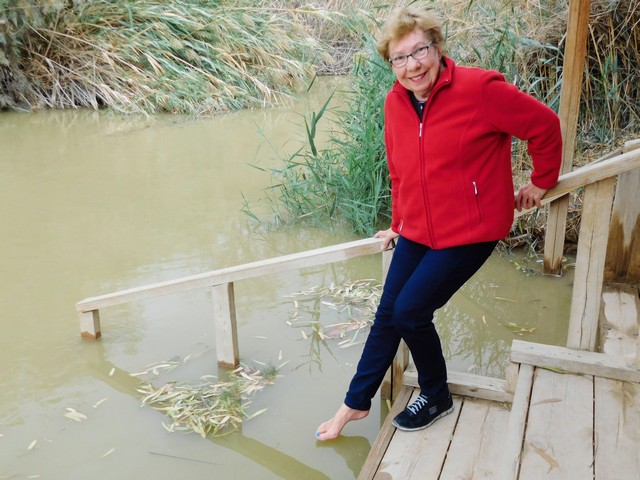
Elizabeth von Pier at the Jordan River
My driver detours off the north-to-south Dead Sea Highway. Along the way he points out the nomadic Bedouin communities that populate what he calls the “Grand Canyon” of Jordan. The landscape looks like a series of undulating elephant backs and the road with its switchbacks and hairpin bends is a scenic highlight of Jordan. In the distance, you can see the Dead Sea situated close to a colorful semi-arid desert.
Bethany is an area opposite Jericho where Jesus was baptized by John the Baptist. A church has been built near the archaeological site and the pool where the baptism supposedly took place is identified. Just a few feet across the Jordan River is Israel, its flag flying proudly over the water.
Mount Nebo is close by. It is believed to be the place where Moses is buried and where, according to the Bible, he viewed the Holy Land. On a clear day, you can see the same view, of the Dead Sea, Jericho and Jerusalem. There is a late 4th century church on the site, and inside the sanctuary you can view mosaics that have been uncovered. A large serpentine cross stands on a hillock outside and symbolizes the brass serpent Moses took into the desert and the cross of Jesus’ crucifixion.
PETRA, THE LOST CITY OF STONE
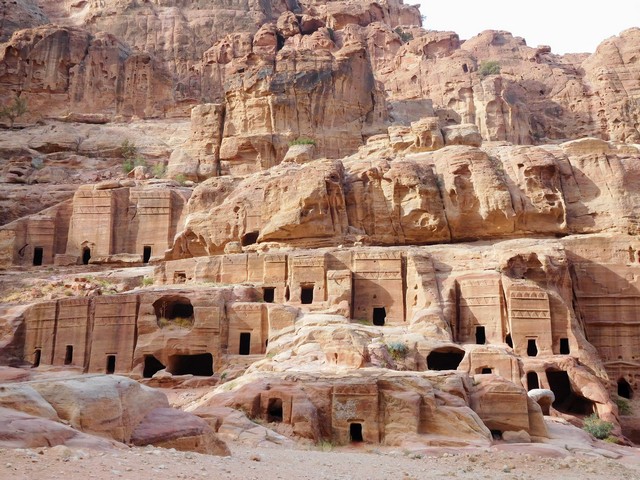
Petra Street of Facades
Petra is more than 2,000 years old and has some magnificent and amazingly well-preserved buildings that were hand-carved by the Nabataean people, an Arab tribe who ruled this area for hundreds of years starting as early as the sixth century B.C. The Nabataeans were also known for their water management systems which channeled in a water supply for the inhabitants. I pass the dam that they built and which was rebuilt and reinforced in 1964 to divert the flash floods that sometimes hit the canyons. I pass some hand-carved ancient script and the weathered figure of a camel caravan, the method of moving goods along the trade routes running east to west from Yemen to the Mediterranean Sea. The best is yet to come.
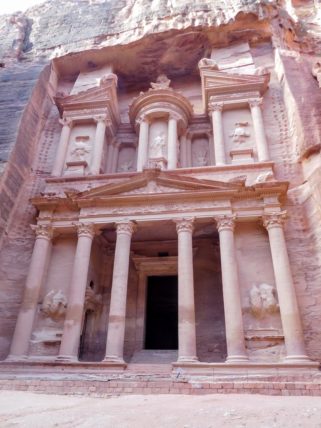
Treasury at Petra
The Siq opens up to reveal the crowning glory of Petra, the Treasury. Known as Al-Khazneh in Arabic, the Treasury is an amazing achievement considering that it was carved into the sandstone 2,000 years ago. It is a remarkably preserved monument with large Corinthian columns, figures from mythology in bas-relief, a triangular cornice and an urn at the top which supposedly contains the Pharaoh’s treasure. I continue my stroll through Petra, viewing other well-preserved antiquities—the street of facades, the amphitheater and its colonnaded courtyard, and the tombs of the aristocracy. I finally decide to go up to the “monastery”, a monument as impressive as the Treasury and even larger. Considering that there are 900 steps to reach the monument, I decide to take a mule up. Even with the mule, this is not an easy trip and takes a certain amount of strength, balance and stamina to maneuver the narrow slippery walkways with sheer drop-offs into the canyons below. I decide to walk back down and enjoy the majesty of this magnificent place.
THE BEDOUIN
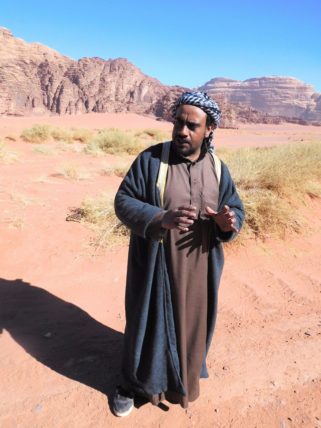
Bedouin Driver and Guide
The Bedouin serve as my guides throughout Petra and Jordan. They own the animals that provide transportation for tourists and the stalls that sell souvenirs. They are descendants of an ancient nomadic people and many of them live in tents and move from one place to another as weather conditions change. They live a simple life raising goats and sheep, planting and harvesting their own crops, weaving their own fabrics and blankets, cooking over open fires, and lighting their way with kerosene lanterns. They rise with the sun and sleep when it is dark. After Petra was designated a World Heritage Site in 1985, the Bedouin who lived there were relocated to a settlement in the quarries on the outskirts of the site and say that their life there is “more civilized”. They seem content.
ROCK HOPPING IN WADI RUM
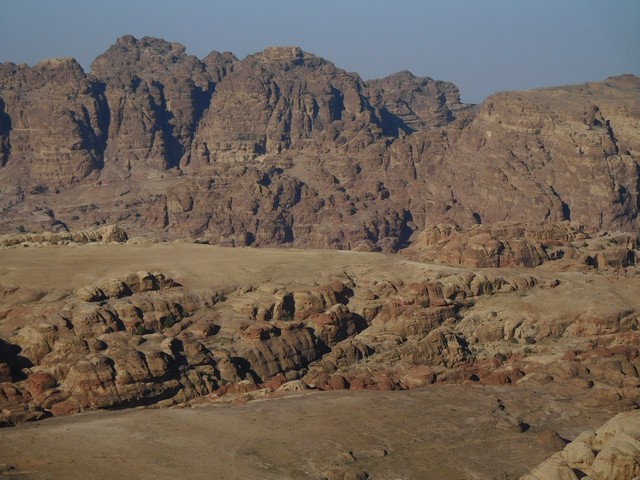
Wadi Rum
This is where T.E. Lawrence led the Arab Revolt against the Turks during World War I and where “Lawrence of Arabia” was filmed. Here in the Southern Desert, the environment is extreme and inhospitable and the people are hearty and strong. I take a drive through the desert on the back of a Toyota pick-up truck driven at high speeds by a local Bedouin. We speed through the moon-like desert landscape of monolithic rock formations and make “rest stops” where I am served hot sugary tea as I shop for souvenirs. We stop several times to enjoy the landscape and to explore narrow passages in the massive rocky mountains. At one of these, I observe ancient Nabatean writing instructing camel caravans on how to find their way to Mecca.
IF YOU GO
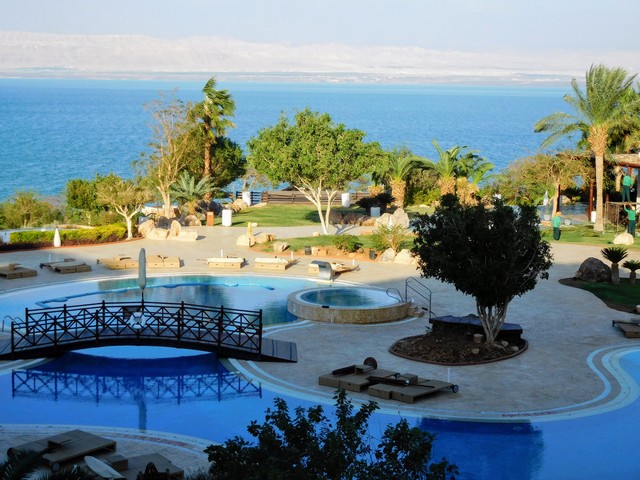
Dead Sea Marriott
- Sheraton Amman Al Nabil Hotel, 5th Circle, Amman, 11184 Jordan
- Hashem (restaurant), Al-Amir Mohammed Street, Downtown, Amman, 11110 Jordan
- Habibah (for dessert), Al-Malek al Hussein Street, Downtown, Amman, 11110 Jordan
- Jordan Valley Marriott Hotel Dead Sea, Swaimeh, Dead Sea Road, Amman, 11190 Jordan
- Moevenpick Resort Petra (at the entrance to Petra), 214 Wadi Musa, Petra, 71810, Jordan. A substantial breakfast buffet is included with the price of the room.
- Rami Ahmaed (tour guide out of Az-Zarqa, a suburb of Amman), [email protected]. We highly recommend Rami to take you to see the sights of Jordan. He is dependable, an excellent driver and a knowledgeable guide.
IS JORDAN SAFE?
Jordan is surrounded by war-torn countries and has suffered from its own terrorist attacks. The U. S. Department of State warns that tourists “must consider the risks of travel to and throughout the country”. But I felt safe there and found the people to be warm and welcoming. There is a high level of security throughout the country, on the roads and in all hotels, and the tourist police are highly visible. As in many countries in today’s world, tourists should exercise caution and follow the instructions of the local authorities. It is strongly advised to stay away from areas close to the Jordan/Syria border.
BIO
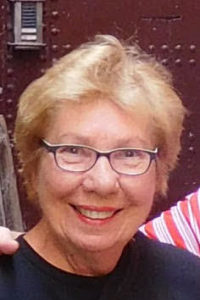
Elizabeth von Pier
Elizabeth von Pier loves to travel. After she retired from her lifetime career in banking, she started traveling regularly, photographing the sights she saw, and writing about her experiences. You can find her articles in In the Know Traveler, Go Nomad, Wave Journey, hackwriters.com, travelmag.uk.com, and Travel Thru History.

